2011 Chevrolet Cruze Eco, RS: Up Close

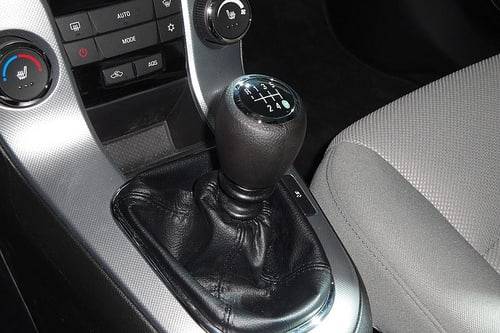
I just took a closer look at the 2011 Chevrolet Cruze RS and Cruze Eco. One of these cars is the answer to a question many have asked, and the other may be the answer to a question I’ve never heard anyone ask.
I’ve asked if the Cruze looks good enough to compete, especially against the 2011 Ford Focus, whose styling turns heads. The RS appearance package answers the question and shows that, at minimum, the Cruze can look better. The deeper front bumper and intricate fog lights add to its presence and the rocker panel treatments give the car a lowered look. I’m less impressed with the rear end, where the faux grille/diffuser at the bumper’s base looks terribly cheesy and manages to do nothing to mitigate the rear bumper’s slablike appearance. Though the show car’s wheels look great, they aren’t the final production versions. At best, the Cruze seems to be following in the Toyota Corolla’s footsteps: looking conservative in its lesser forms and more interesting in higher trims. Let’s hope it’s not received too much like the Corolla, because no version of the Toyota gets anyone’s heart racing.
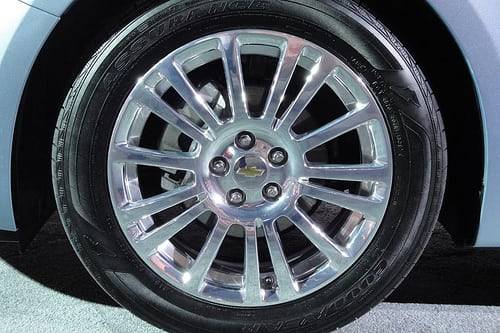
The efficient Cruze Eco falls in the more conservative camp. Its ultra-lightweight 17-inch wheels look pretty sharp. Some of the aerodynamic changes in this 40-mpg-highway cruiser are visible, including a lower grille with shutters that close at higher speeds to reduce drag. (You can even see the shutters, but you have to get on the ground to do so.) The upper grille is large, but I could see that only about 50 percent (eyeballing it) lets air through. I thought this was the aerodynamic treatment, too, before I noticed the same grille on the LTZ RS. A nearby Chevy engineer explained the final Eco grille will be even more “closed out.” Perhaps it was the auto-show lights, but it was a little too obvious at a glance that only part of the grille is a grille. You’d think they could hide that better.
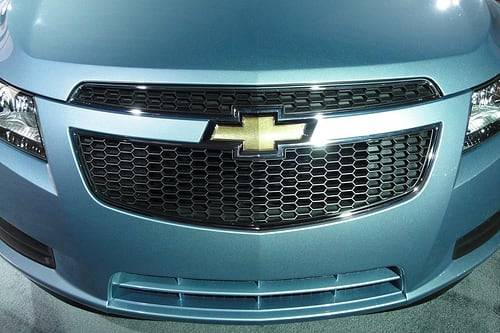
Getting up close to the Cruze Eco made me wonder anew if it’s the answer to a question no one asked. Not a bone-stock mileage leader, the Cruze Eco at the show is basically a Cruze LT, a more expensive trim level to begin with, and it’s likely the Eco treatment will carry a price premium for its higher mileage. It’s not an outrageous idea because hybrids and diesels do the same, but the various puzzle pieces don’t fit together here. The 40-mpg-highway figure is for a manual transmission and that knocks out the majority of shoppers. People who want manuals often favor sporty driving, but the Eco isn’t very sporty due to its tall gearing and 10-second zero-to-60 time, which means more potential buyers are gone. It seems to me the automatic, which hasn’t been rated yet, will determine if the Eco will succeed or fail; it will have to be significantly more efficient than the car it’s based on.
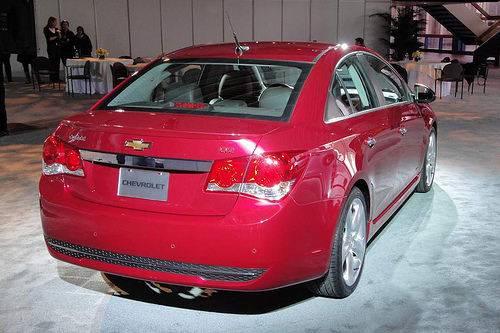
Unfortunately, the cars weren’t powered up, so I couldn’t see the RS package’s backlit translucent instrument panel bezels. These are the second and third Cruzes I’ve sat in, and I like the overall interior quality, especially the dimpled faux-aluminum and piano-black trim on the center control panel. The rough-hewn dashboard fabric is also intriguing.
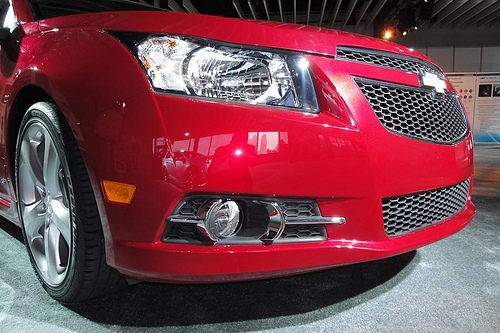

Former Executive Editor Joe Wiesenfelder, a Cars.com launch veteran, led the car evaluation effort. He owns a 1984 Mercedes 300D and a 2002 Mazda Miata SE.
Featured stories




